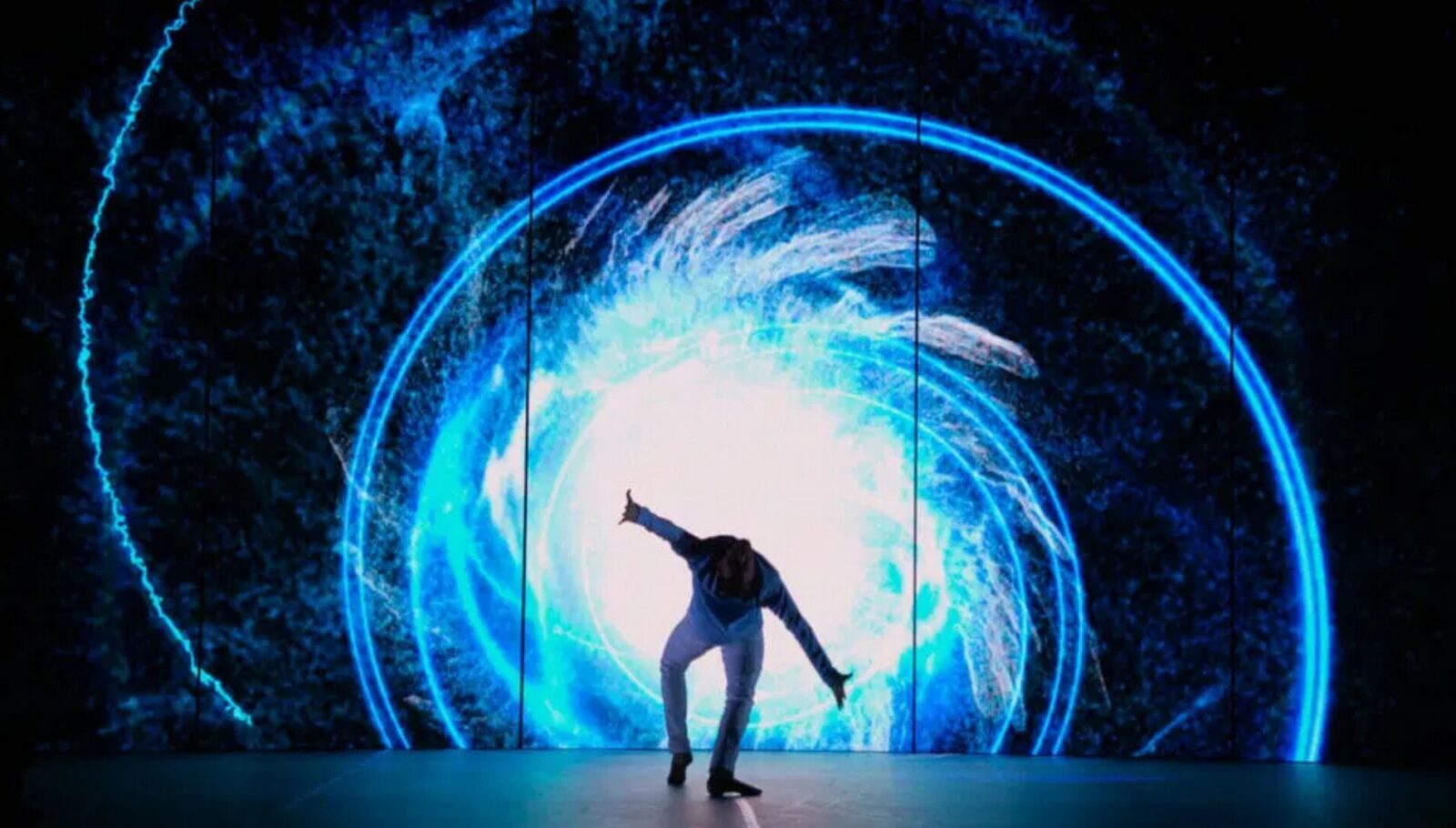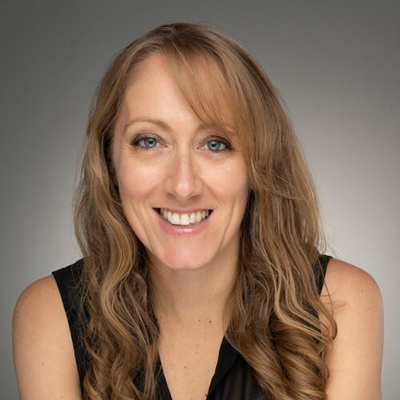Craig Laurie: Raising the Experience

Host Anna Robb sits down with Craig Laurie, Chief Creative Officer at RWS Global, the world’s largest provider of live entertainment experiences. From Broadway stages to luxury cruise ships, global resorts, and immersive destinations, Craig has built a career shaping stories that connect deeply with audiences. Drawing on his background as a Broadway performer and classical musician, he now leads a powerhouse team of creatives, designers, and casting directors—delivering award-winning productions for clients like Warner Brothers, Netflix, Mattel, and Rolling Stone. With a philosophy rooted in collaboration, authenticity, and elevating human connection, Craig is redefining how live entertainment inspires, surprises, and unites audiences across the globe.
Enjoy this moving glimpse into their conversation—and don’t forget to join us next week for the full episode.
What does being Chief Creative Officer at RWS Global actually mean?
Craig Laurie:
At RWS Global, I oversee the creative and design division, which has three core areas: live experience direction, talent and creative casting, and destination design. That means we’re responsible for sourcing the right people—actors, backstage staff, choreographers, designers—and pulling them together to build experiences that go far beyond traditional theater.
Most of our team is made up of full-time employees, which I think is one of our strengths. They form the heartbeat of the company and give us continuity and shared culture. But we also contract outside specialists when needed. For example, if we’re working on a major song-and-dance production, we’ll bring in top Broadway creatives or innovative choreographers. If we’re building a new themed attraction, we may bring in master planners. The point is: we always look for the best in each field while keeping the internal team as the core “secret sauce.”
How did you make the transition from performer to creative leader?
Craig Laurie:
I started my career as a performer—I was on Broadway for a number of years, working in shows like Chicago and Jersey Boys. Most of the time I stepped into existing productions, which gave me the discipline of analyzing a role, breaking it down, and making it emotionally real for myself. Those skills—deconstructing, evaluating, finding the hidden story—translate directly to directing and producing experiences today.
The actual shift happened serendipitously. Before acting, I trained as a classical musician. Through RWS, I became involved with Holland America Line when they wanted to create the best live music program at sea. That became the Lincoln Center Stage project, partnering with Lincoln Center to bring chamber music to cruise ships. It was the most challenging but rewarding project of my life, and it cemented my move into creative direction. From there, I grew into bigger responsibilities and eventually into my current role.
What does “raising the experience” mean for you and your teams?
Craig Laurie:
For me, raising the experience is about collaboration and support. I don’t pretend to be the most creative person in the room. Instead, I make sure the environment allows ideas to come from anywhere and that no idea gets dismissed too quickly.
We lean heavily on collaboration—teams across continents share resources, accents, even cultural details to make projects authentic. I celebrate individuality: one of my creative directors is also a search-and-rescue diver, another writes musicals, others have backgrounds in fashion or theater. That diversity feeds into the work.
I try to provide clear direction but also constructive feedback, so team members feel heard and valued. I often come back to the book The Power of Moments by Chip and Dan Heath, which talks about creating meaningful, human moments. Whether it’s with a team member, a client, or an audience, I want people to feel seen and elevated. That’s the essence of raising the experience.
How do you balance working with major IPs (like Netflix or Warner Brothers) while still pushing creative boundaries?
Craig Laurie:
Every client is essentially a brand, and every brand has strong preferences for how they’re represented. Working with intellectual property means you have to know the IP as if it’s your own. Audiences are coming because they already love it, so authenticity is key.
But we also look for opportunities to gently push boundaries. A good example is when I worked on the Lincoln Center project. Traditionally, classical musicians didn’t speak directly to audiences, but I proposed breaking the fourth wall—having musicians introduce pieces, engage in conversation, and connect more personally. At first, Lincoln Center was hesitant. Now, that kind of direct engagement is common, and it’s transformed how audiences relate to classical music.
In theme parks or outdoor shows, clarity is equally important. You’re competing with roller coasters, weather, or even a bird flying overhead. If your storytelling isn’t crystal clear, audiences will tune out. So, with IP work, the rule is: respect the brand’s DNA while finding ways to innovate that enhance audience connection.
How are audiences changing, and how do you recruit creatives to meet those shifts?
Craig Laurie:
Audiences today are both more distracted and more eager for connection. Technology—especially phones—means people struggle to focus. At the same time, post-COVID, I see a hunger for authentic, shared human experiences. That’s why immersive environments or interactive exhibits are booming: people want to connect, laugh, and even share deep personal stories with strangers.
For example, at Superblue in Miami, I saw families spanning generations spray digital graffiti together. At Dead Letter Office No. 9 in Brooklyn, strangers ended up exchanging life stories in intimate, theatrical settings. These experiences prove that audiences are craving connection, not just spectacle.
To meet those needs, I recruit creatives who understand they’re not creating for themselves—they’re creating for the audience and the client’s demographic. I look for people who can adapt across cultures, generations, and platforms. During hiring, I test this by giving assignments: for example, asking a candidate to design something for a specific demographic in a specific region. Their ability to shape work for that context shows me if they’ll succeed at RWS.
It comes down to vision and humility: are they willing to put the audience at the center rather than their own ego? If they can, they’ll thrive here.
Key Insights
Creative Leadership at Scale
Craig oversees RWS Global’s creative and design division, managing live experiences, casting, and destination design. His focus is on building a strong full-time team while also bringing in outside specialists to ensure excellence across genres and formats.From Performer to Creative Visionary
His Broadway and classical music background gave him tools in analysis, deconstruction, and emotional storytelling—skills that now fuel his ability to design experiences that resonate with audiences worldwide.Collaboration as the “Secret Sauce”
Craig emphasizes that the best ideas come from open collaboration. He fosters an environment where individual voices are celebrated, feedback is constructive, and creativity thrives through trust and teamwork.Balancing Brands and Bold Ideas
Working with major IPs requires honoring their identity while finding ways to innovate. Craig’s Lincoln Center Stage project showed how breaking conventions—like musicians speaking directly to audiences—can deepen authenticity and connection.Audiences Want Connection, Not Just Spectacle
Despite distractions from technology, Craig sees a post-COVID hunger for authentic human interaction. Experiences that invite participation, vulnerability, or shared surprise create lasting emotional impact.Technology as a Tool for Connection
RWS integrates technology—like Snapchat filters at sports events or VR scavenger hunts—only when it enhances human connection. Gadgets should serve the story and bring people together, not distract.Recruiting with the Audience in Mind
When sourcing creatives, Craig looks for those who create for audiences, not themselves. He tests this through assignments that measure how well candidates adapt their vision to demographics, cultures, and client needs.
Featured Image: Courtesy of www.rwsglobal.com
Editor's Note: At StageLync, an international platform for the performing arts, we celebrate the diversity of our writers' backgrounds. We recognize and support their choice to use either American or British English in their articles, respecting their individual preferences and origins. This policy allows us to embrace a wide range of linguistic expressions, enriching our content and reflecting the global nature of our community.
🎧 Join us on the StageLync Podcast for inspiring stories from the world of performing arts! Tune in to hear from the creative minds who bring magic to life, both onstage and behind the scenes. 🎙️ 👉 Listen now!
